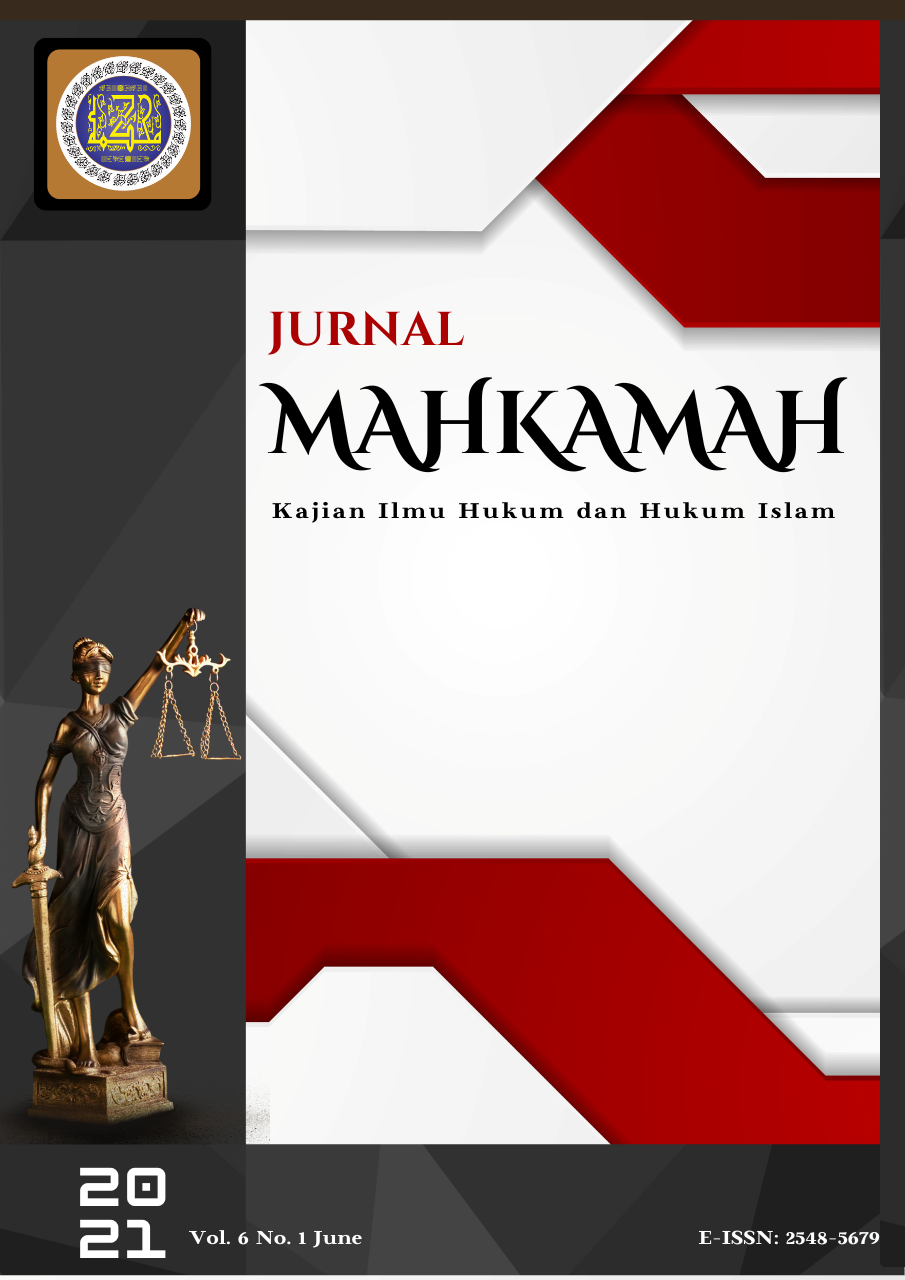The Temettok Tradition at Walimatul Ursy According to Aceh Ulama and Traditional Assembly (MAA)
(A Case Study in Aceh Singkil District)
DOI:
https://doi.org/10.25217/jm.v6i1.1504Keywords:
Temettok, Traditional Assembly, Walimatul UrsyAbstract
The temettok tradition in the context of law is basically permissible, but in its journey, this shift in tradition has undergone significant changes, especially in the essence of this tradition itself, which is a tradition built on the principles of ta'awun and mutual cooperation, but shifts to economic values that are demanded its citizens to bear expenses which in principle were like debt. This research aimed to find out how the Temettok tradition at walimatul ursy according to Aceh Ulama Traditional Assembly (MAA). The approach used in this research was to use a qualitative approach. The results of this research indicated that first, The tradition of recording Temettok money when the walimatul ursy in Aceh Singkil Regency had two percentages, the first is the Cinendang river, which was estimated to have existed since 1985. The two Sungkhaya rivers were thought to have existed since 1956. So, this Temettok tradition held at the time of the walimah to be precise on the last day. Second, The Temettok tradition, in the view of Aceh Ulama and Traditional Assembly (MAA), allowed this tradition by reason of the principle of fiqh “a custom can be made into law”, besides that the Temettok tradition was also in the form of a grant, not a debt, because if a debt was owed, the law was haram, because tradition might not conflict with Islamic law. Thret, After analyzing more deeply based on the verses of the Qur'an and the hadith of the Prophet Muhammad SAW, that the Temettok tradition was classified as ‘urf Sahih, because, this urf applied in general, it did not contradict Islamic law, the gift was in the form of a grant. So apart from that, if it was seen from the social side, the Temettok tradition at the time the walimah put forward help, strengthened ties, strengthened ukhuwah and the Temettok tradition was well known in the community.
Downloads
Published
How to Cite
Issue
Section
License
This work is licensed under a Creative Commons Attribution-ShareAlike 4.0 International License.
Authors retain copyright and grant the Jurnal Mahkamah : Kajian Ilmu Hukum Dan Hukum Islam right of first publication with the work simultaneously licensed under a Creative Commons Attribution License (CC BY-SA 4.0) that allows others to share (copy and redistribute the material in any medium or format) and adapt (remix, transform, and build upon the material) the work for any purpose, even commercially with an acknowledgment of the work's authorship and initial publication in Jurnal Mahkamah : Kajian Ilmu Hukum Dan Hukum Islam.
Authors are able to enter into separate, additional contractual arrangements for the non-exclusive distribution of the journal's published version of the work (e.g., post it to an institutional repository or publish it in a book), with an acknowledgment of its initial publication in Jurnal Mahkamah : Kajian Ilmu Hukum Dan Hukum Islam.
Authors are permitted and encouraged to post their work online (e.g., in institutional repositories or on their website) prior to and during the submission process, as it can lead to productive exchanges, as well as earlier and greater citation of published work (See The Effect of Open Access).








